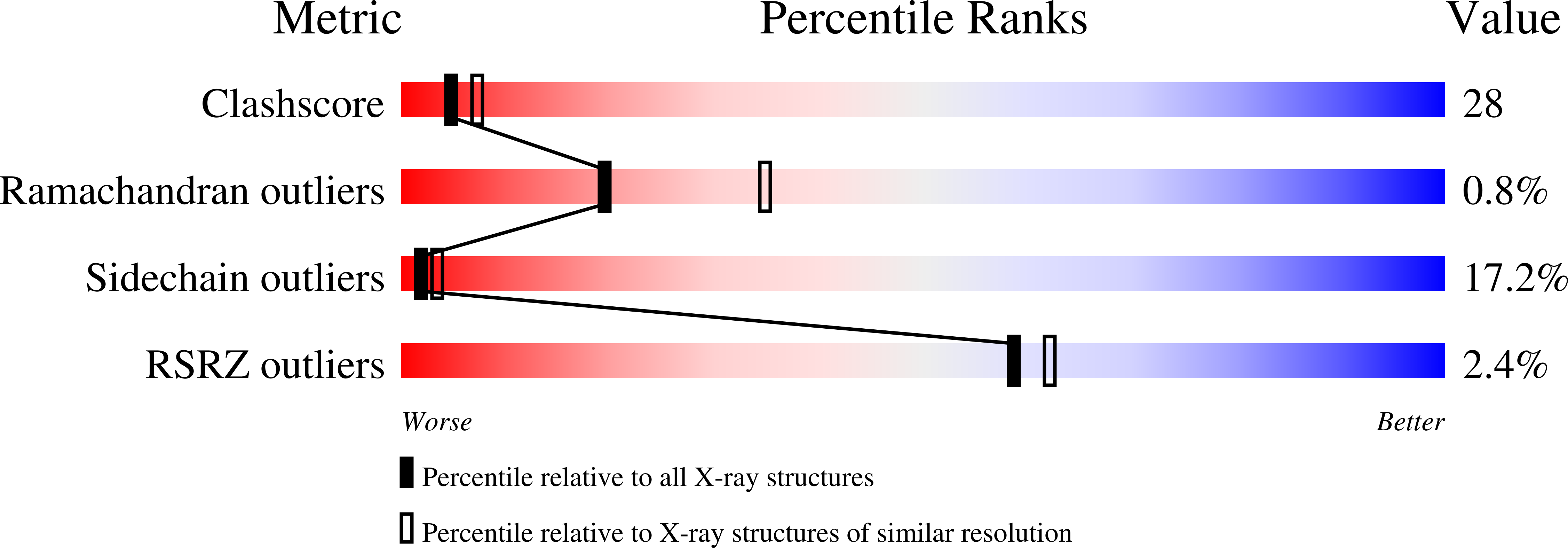
Deposition Date
2000-02-19
Release Date
2000-04-24
Last Version Date
2023-08-09
Entry Detail
PDB ID:
1C7H
Keywords:
Title:
CRYSTAL STRUCTURE OF A MUTANT R75A IN KETOSTEROID ISOMERASE FROM PSEDOMONAS PUTIDA BIOTYPE B
Biological Source:
Source Organism:
Pseudomonas putida (Taxon ID: 303)
Host Organism:
Method Details:
Experimental Method:
Resolution:
2.50 Å
R-Value Free:
0.27
R-Value Work:
0.17
R-Value Observed:
0.17
Space Group:
C 2 2 21


